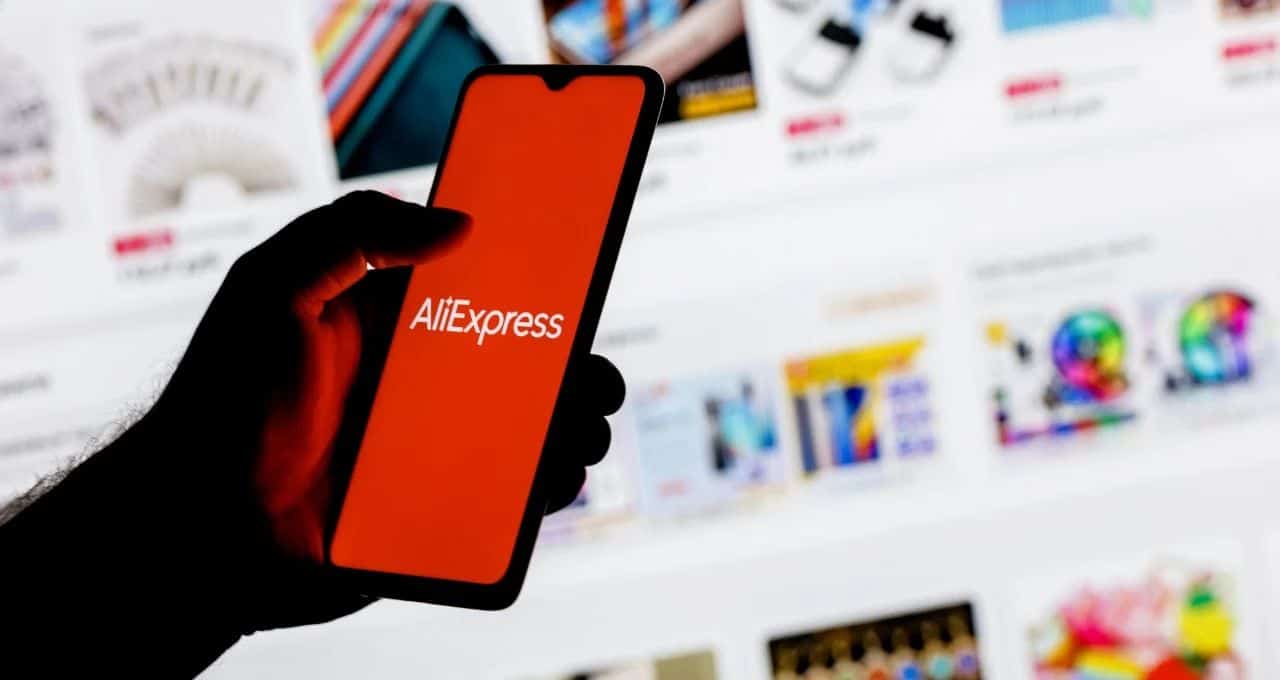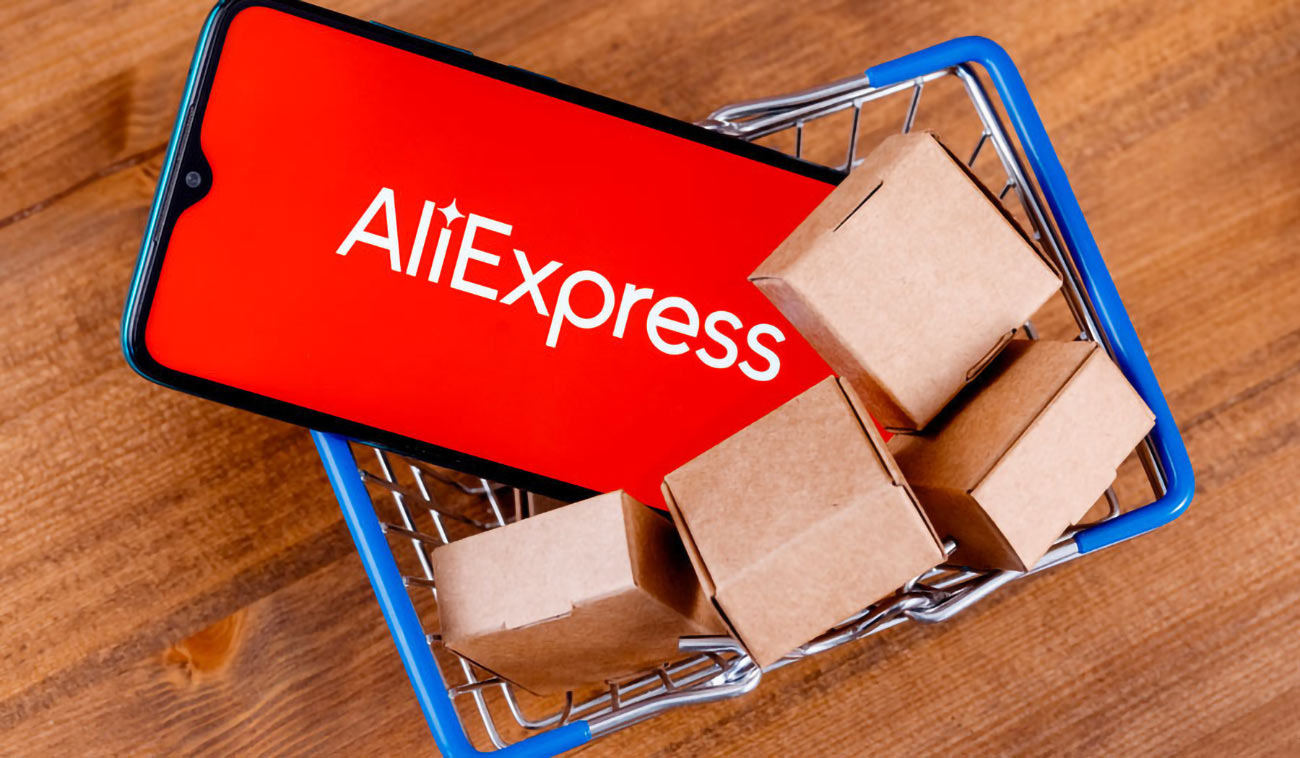How do I know if a seller is trustworthy?

When shopping online, identifying a trustworthy seller is crucial for a safe and satisfying purchasing experience. As consumers, we often find ourselves questioning the credibility of various sellers, especially when dealing with unfamiliar platforms. This article will guide you through the steps to determine if a seller can be trusted, helping you make informed decisions and feel more confident in your purchases.
Why Trust Matters When Buying Online
Trust is the foundation of any transaction, particularly in the online marketplace where the buyer-seller relationship can be distant. Purchasing from a reliable seller can protect you from fraud, ensure the quality of your products, and enhance your overall shopping experience. On the other hand, buying from an untrustworthy seller can lead to scams, poor quality products, and loss of money.
Indicators of a Trustworthy Seller
There are several signs that can help indicate if a seller is trustworthy:
- Positive Customer Reviews: Check for product ratings and customer feedback. If most reviews are positive, it’s likely a good sign.
- Clear Contact Information: Reliable sellers provide clear contact information, including email addresses or phone numbers.
- Secure Website: Look for HTTPS in the URL and security badges indicating that transactions are secure.
- Return Policy: A clear and fair return policy demonstrates trust and gives buyers confidence in their purchases.
- Established Presence: Sellers that have been in business for a long time may have a stronger reputation.
How to Verify the Seller’s Reputation
1. Research Online Reviews
Start by conducting a quick search for the seller’s name along with terms like “reviews,” “scam,” or “complaints.” Websites such as Trustpilot, SiteJabber, and even social media platforms can provide insights into the seller’s reputation based on previous customer experiences.
2. Check Their Social Media Presence
Many reputable sellers maintain active social media profiles. Look for:
- Engagement: Check if they respond to comments and feedback.
- Transparency: Trustworthy sellers often share updates, deals, and interact with their customers.
- Community Reviews: Read comments and reviews from other users on their posts.
3. Look for Online Certifications
Trustworthy sellers may have certifications from recognized organizations. These can include:
- Better Business Bureau (BBB): An accreditation from the BBB shows commitment to resolving customer issues.
- Chamber of Commerce Membership: Membership can indicate a level of credibility in the business community.
4. Analyze Seller Policies
Reputable sellers usually have comprehensive policies that outline:
- Shipping: Clear shipping times and costs.
- Returns and Refunds: Information on how to return items and how refunds are processed.
- Privacy Policies: An explanation of how they handle customer data.
Additional Red Flags to Watch Out For
Noticing these red flags can help you avoid untrustworthy sellers:
- Lack of Contact Information: If a seller does not provide access to customer service, be cautious.
- Unrealistic Prices: Extremely low prices can be a sign of a scam.
- No Return Policy: If the seller has no return policy, think twice before purchasing.
- Pressure Tactics: Sellers pressuring you to buy quickly are often not trustworthy.
Using Payment Methods Wisely
The way you pay for your purchase can also affect your security. Consider the following payment methods:
- Credit Cards: Credit cards often offer fraud protection, which can be helpful if there are issues with the purchase.
- PayPal: Using PayPal provides an additional layer of security and buyer protection policies.
- Escrow Services: For higher-value purchases, consider using an escrow service to prevent fraud.
Communicating with the Seller
Before making a purchase, communicating with the seller can provide insights into their trustworthiness. Consider these tips:
- Ask Questions: Inquire about product details, shipping, and return policies.
- Response Time: Take note of how quickly they respond and how informative they are.
- Professionalism: Evaluate their professionalism and willingness to assist you.
Your Rights as a Consumer
As a consumer, you have rights that you can assert if you encounter issues with a seller:
- Right to Information: You have the right to clear information about products and services before making a purchase.
- Right to Safety: Products must be safe for use and adhere to consumer safety regulations.
- Right to Choose: You can choose from various sellers without feeling pressured into a purchase.
Final Tips for Safeguarding Your Purchases
To enhance your security while shopping online, follow these essential tips:
- Keep Track of Your Purchases: Maintain records of transactions and confirmations.
- Monitor Banking Statements: Regularly check your bank and credit card statements for unauthorized charges.
- Use Strong Passwords: Protect your accounts with strong, unique passwords.
- Be Wary of Too Good to Be True Offers: If a deal seems too good to be true, it probably is.
By being vigilant and conducting thorough research, you can confidently determine whether a seller is trustworthy. Remember, when you choose to buy from reliable sellers, you enhance your shopping experience and reduce the likelihood of issues related to fraud or poor quality products. Happy shopping!

LINK:
When purchasing products online, determining if a seller is trustworthy is crucial for a positive shopping experience. Start by examining customer reviews on reliable sites and checking for any negative feedback. Verify the seller’s credentials, looking for a physical address and contact information. A secure payment method adds another layer of safety. Additionally, sellers with clear return and refund policies demonstrate reliability. Look for sellers who have been in business for a longer period, as experience often indicates trustworthiness. Following these steps helps ensure that your transaction is safe and satisfactory.
FAQ
1. What should I look for in seller reviews?
Check for the overall rating, the number of reviews, and read both positive and negative comments. Look for specific feedback regarding product quality and delivery times, as these can give insight into the seller’s reliability.
2. How can I verify the seller’s credentials?
Visit their website for company details, such as a physical address and contact information. You can also check for their presence on social media and business listings for legitimacy.
3. Is a secure payment method enough to trust a seller?
While a secure payment method is important, it’s not the sole factor. Combine this with other checks like customer reviews and seller credentials to better gauge trustworthiness.
4. How do return policies indicate seller trust?
Sellers with clear and fair return policies show confidence in the quality of their products. If the policy is vague or overly restrictive, it may be a red flag.
5. Does a long business history guarantee trust?
A longer business history often indicates reliability, as established sellers value their reputation. However, always accompany this check with reviews and credentials to ensure a comprehensive assessment.
Conclusion
Determining a seller’s trustworthiness requires diligence and research. By utilizing customer reviews, verifying credentials, ensuring secure payment methods, and noting return policies, you can confidently make informed purchasing decisions. Being proactive in these checks enhances your online shopping experience, minimizes potential risks, and leads to successful transactions.


